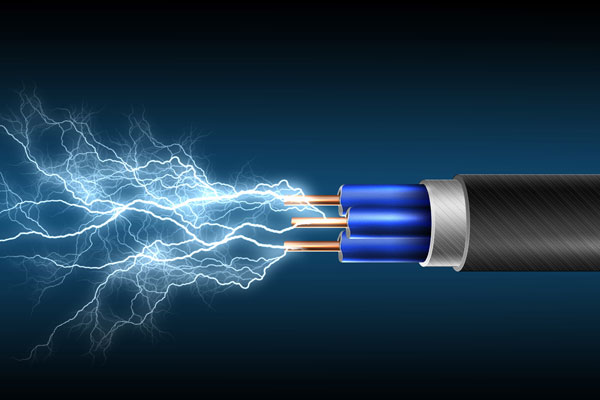
Advanced energy management systems involve control systems and processes. Control systems can be as simple as a residential thermostat, to very complex computer controlled systems for multiple buildings, to industrial process control. Their diligence and repeatability can also serve to maintain the savings of project improvements for years, further justifying their existence by providing economic return to the customer. Advanced energy management systems include control technology and control mode categories, basic input and output instrumentation, and the practical need to temper “things possible” with the skill level of the operators who will inherit it. The importance of advanced energy management system controllability and user-friendliness as primary design parameters will be stressed.
The following is a very important first statement before any discussion about control hardware: “The type of advanced energy management systems hardware used in optimization is less important than the understanding of the process and of the control concepts that are to be implemented.” The main goal should be to become clear about the process fundamentals and what should happen—then the parts and pieces are just details. This discussion of different available hardware types is a familiar but sometimes laborious and dull part of any controls text. Remember that automatic controls are really nothing more than machines that do for us what we would do ourselves if we had nothing better to do; they do work for us like any other tool, and they are only as clever as the people who craft them.
The field of automatic control in advanced energy management systems is similar in that we continually adjust some device to cause a particular measured variable to remain at a desired state.
Examples:
• The need to throttle heating and cooling equipment sized for maximum load that is effectively over-sized at part load conditions.
• Varying occupancy, and systems attendant to the occupants (lighting, ventilation).
• Varying product throughput rate through manufacturing facilities.
• Varying demands, and the need to maintain level or full state for water or fuel reservoirs, feed or coal bins, etc.
• Coordination: Organizing or sequencing multiple processes in a logical and efficient manner is an important aspect of automatic control applications.
• Automation: Human beings can make very good manual controllers because we can think on our feet and consider many variables together, but most control tasks are repetitive and suitable for mechanization.
Automatic operation allows people to provide oversight of advanced energy management system operations and more effectively utilize their time.
• Consistency: Manual control by people can be effective, although we are not all that repeatable and are sometimes forgetful. Using machinery for automatic control adds the improvement of consistent, repeatable operations. The repeatability and consistency feature of automatic control is very important in manufacturing.
• Conservation: Supplemental enhancement control routines can be incorporated to reduce energy use while still maintaining good control. It is important to note that control systems do not necessarily reduce energy consumption unless specifically applied and designed for that purpose.
Advanced energy management automatic controls are useful for basic regulation and quality control of processes and environments. They can also be leveraged for energy savings through optimization. Properly applied, these energy management systems are reliable and cost effective.
From: Energy Management Handbook, 7th Edition, The Fairmont Press